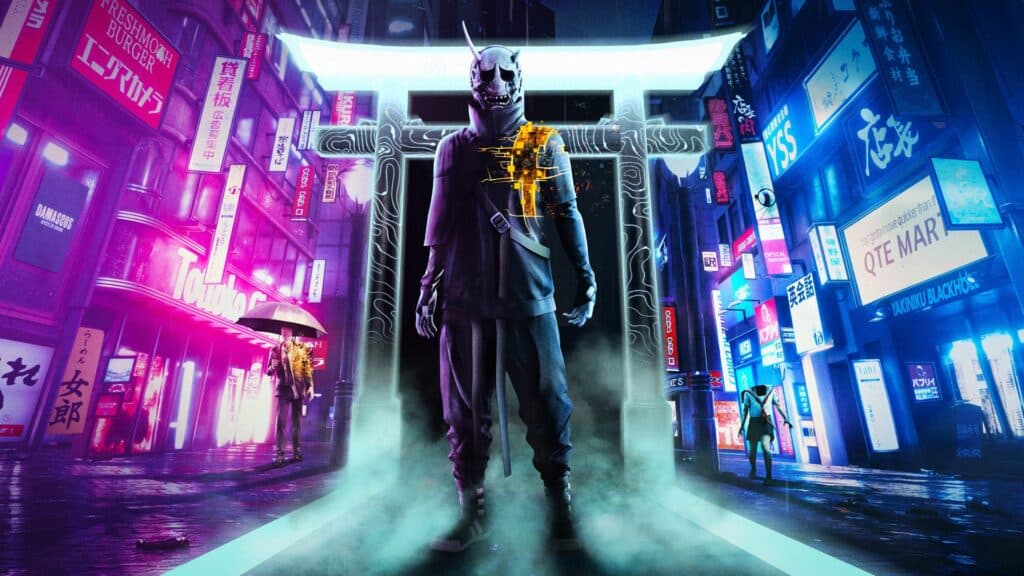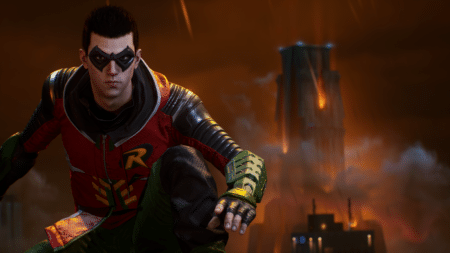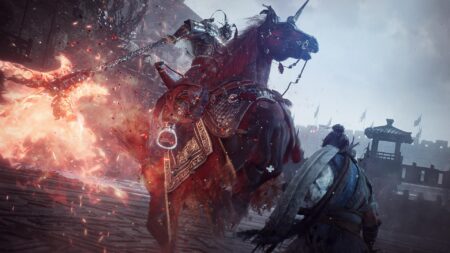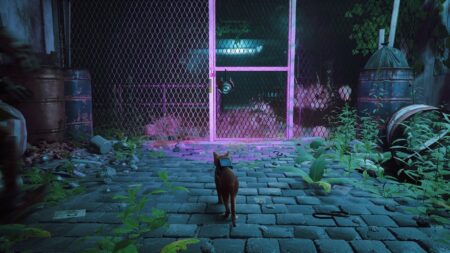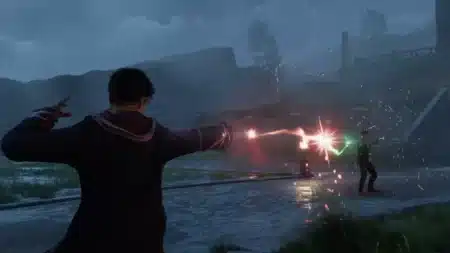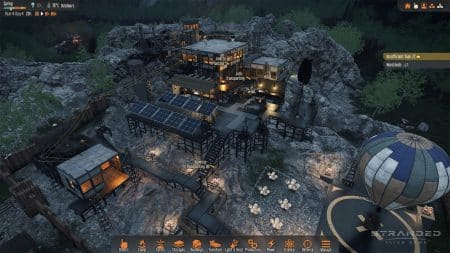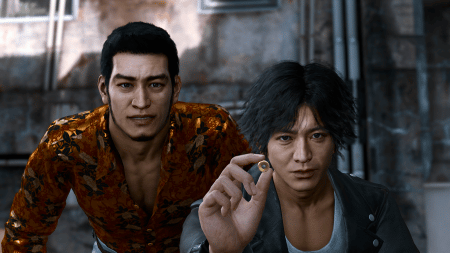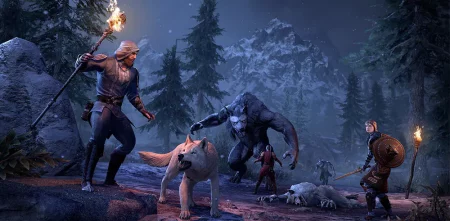As an unexplained fog descends over Tokyo, transforming those who are caught in it into ghosts and carrying with them those from beyond to meet the alive. A collision with a vehicle leaves Akito comatose on the iconic Shibuya intersection, hanging on by a thread by his fingertips. In a last-ditch attempt to avoid vanishing into the next dimension, a ghost by the moniker of KK inhabits Akito’s mind.
For the sake of Akito’s sister Mari as well as the city of Tokyo, KK feeds off Akito’s life force to keep his heart beating and give him supernatural abilities to fight the malevolent Strangers who have infested Tokyo.
Who are you gonna call?
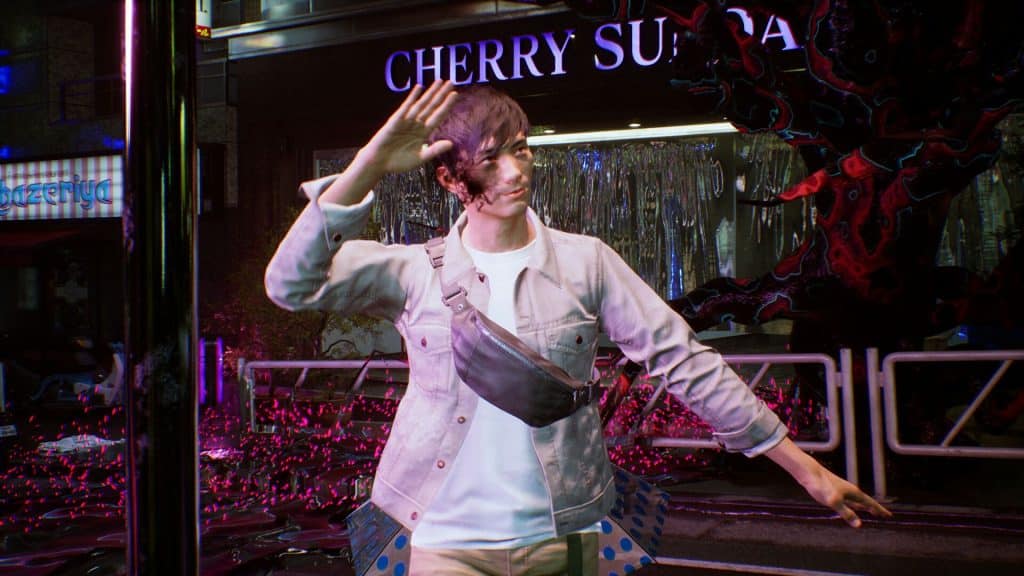
Ghostwire: Tokyo is the long-awaited title released under the banner of Tango Gameworks, as well as Bethesda Softworks. You take on the role of Akito, a guy possessed by the ghost KK, who grants him access to an array of supernatural elemental powers. The action takes place in Tokyo. Tokyo was transformed into a yokai-infested desolate wasteland by the strange mist that blanketed the city. As Akito and KK seek for Akito’s vanished sister, Mari, they come upon a group of ghosts known as yokai, also known as Visitors, who are haunting the neighborhoods of the neon-drenched city.
Have You Read: Tandem: A Tale of Shadows- A Scary and Enigmatic Masterpiece
Akito’s elemental armament, bolstered by his synergistic relationship with KK, makes him a formidable opponent for the Visitors. In addition to a crossbow and strong charms, you may use Ethereal Weaving, or elemental assaults, to slay them. Akito’s only hope of defeating a Visitor is to strike them repeatedly with his abilities. Their Essence will be revealed after they have sustained sufficient harm. After destroying their Core, you may either murder the Visitor immediately, or you can continue to fight them until they die. Whilst shattering the Core is by far the most effective method, you will be vulnerable to opposing assaults while doing so.
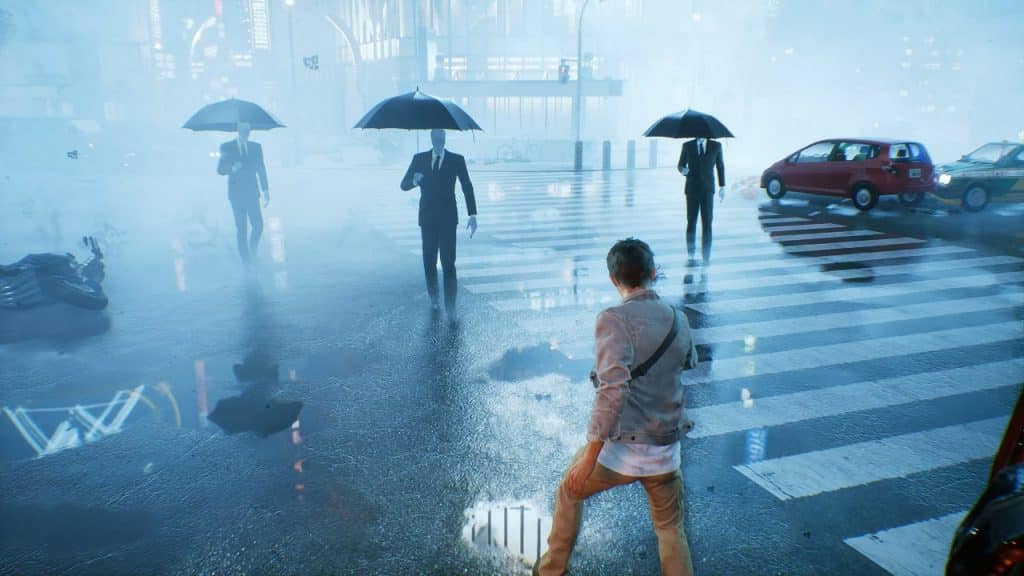
Wind, Fire, and Water are the three elements that makeup Ethereal Weaving. While wind weaving does little harm, it may be done quickly and easily. In terms of harm output, Fire Weaving is a sluggish, large assault, whereas Water Weaving is a close-ranged, targeted strike that hits numerous foes at once. All ethereal assaults have the ability to be upgraded to more potent forms.
There are two primary ways to deal with Visitors: a supercharged wind attack fires missiles in rapid succession, whereas a charged fire assault causes a tremendous blast that may take out numerous Visitors in one go. When compared to a non Water attack, a supercharged Water attack causes greater harm across a larger area.
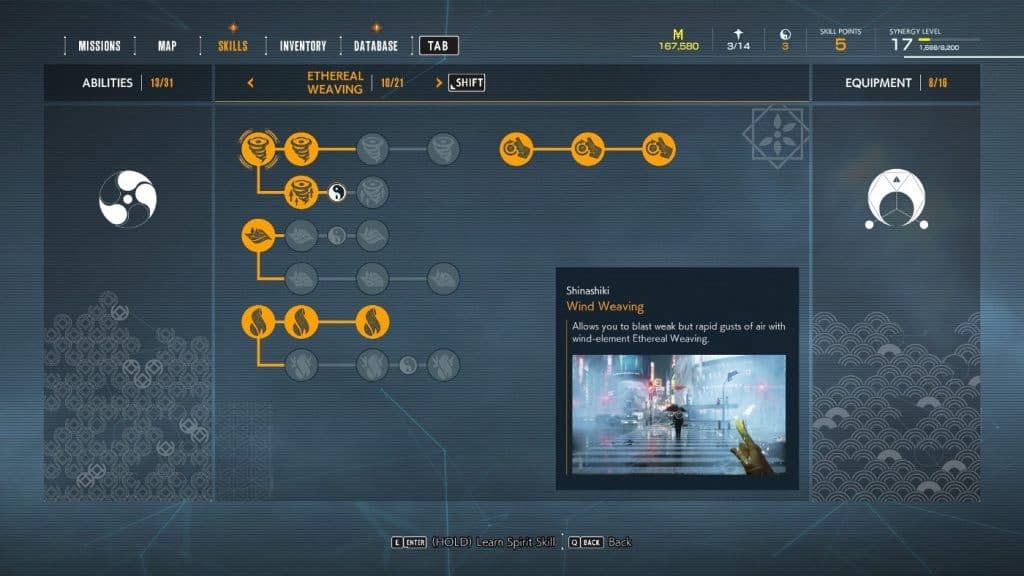
Whenever Akito’s spirit abilities aren’t working, he nevertheless has his arrow and charms to rely on for the fight. Silently dispatching Visitors is made possible by the arrow, whereas the charms have varying benefits. Those that are trapped in the area of effect of the Shock charm will be stunned, making them easy prey for further strikes.
Yokai roaming the region will be unable to see you with the Thicket talisman’s help. A Trojan charm emits a high-pitched sound that attracts the attention of nearby visitors, allowing you to slip by undetected. Using the Exposure talisman, it is easy to find out who the visitors are and what they are about.
A work of art
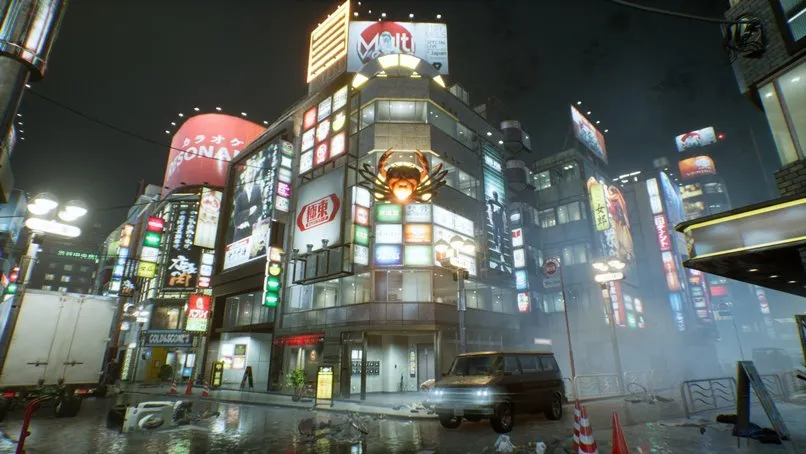
The audiovisual component of the gameplay is where it really excels. In terms of style and graphics, I would even go so far as to claim that the videogame is a painting, and poetry in and of itself. While I’ve never gone to Tokyo, I’ve seen a lot of videos and experienced a lot of titles set there.
It was awe-inspiring to be able to identify so many of the city’s icons. Explore, and you’ll find the bulk of the game’s material. However, there are several side quests that give some storyline, as well as a large collection of Japanese folklore memorabilia to be found across the landscape. Ghostwire: Tokyo is a great place for anybody who likes Japanese mythology.
There are many side quests and items to find in this contemporary open adventure, so you’ll need to like exploration if you wish to have fun with it. This is characteristic of current open-world adventures. It was less of a bother in Ghostwire: Tokyo than in previous open-world titles because the cityscape of Tokyo is so very well-depicted in the gameplay and takes ideal use of Akito’s supernatural skills, enabling you to cling to the peak of big skyscrapers and float from them to go about town. I highly recommend Ghostwire: Tokyo to anybody who likes adventure and Japanese mythology.
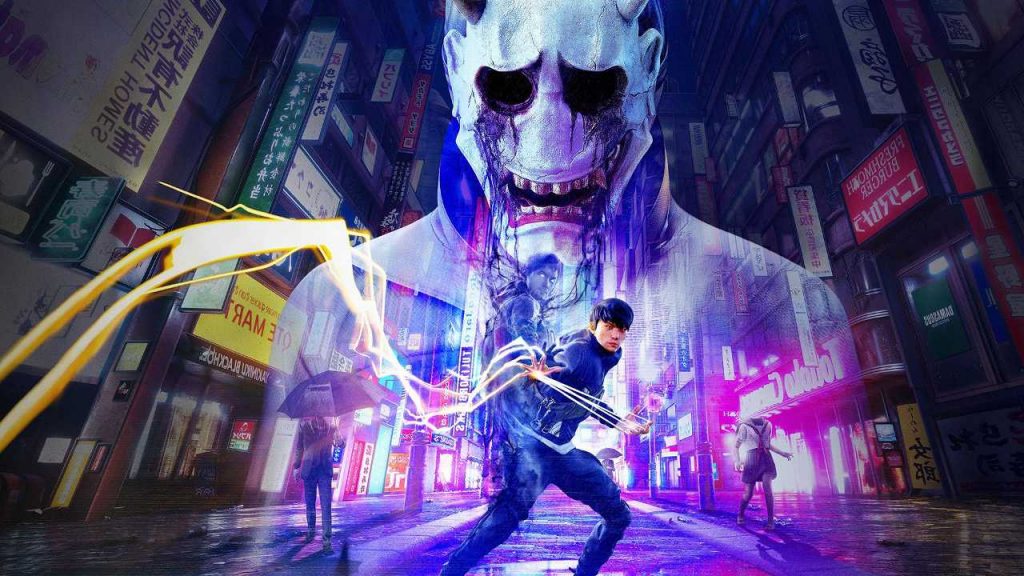
Ghostwire: Tokyo: Could have Used A Little More Work
In Ghostwire: Tokyo, the environment is used well to develop a universe and create a unique fighting system that keeps the gameplay fresh and exciting. While the latter misses the mark at the conclusion of the plot the first half only gets better as the game proceeds. Only a few video games can compare to the splendor of Tokyo’s ghost town. It seems to have been neglected and decrepit, yet there is an underlying beauty about it.
There are several things I’d want to see improved, such as the battle system and the length of the plot. Some individuals presented in the gameplay seem like placeholders: somebody who has a certain relation to our main heroes but lacks substance. All they do is utter a few words and deliver little facts. As far as appearances go, the foes you’ll face aren’t too different from one another.
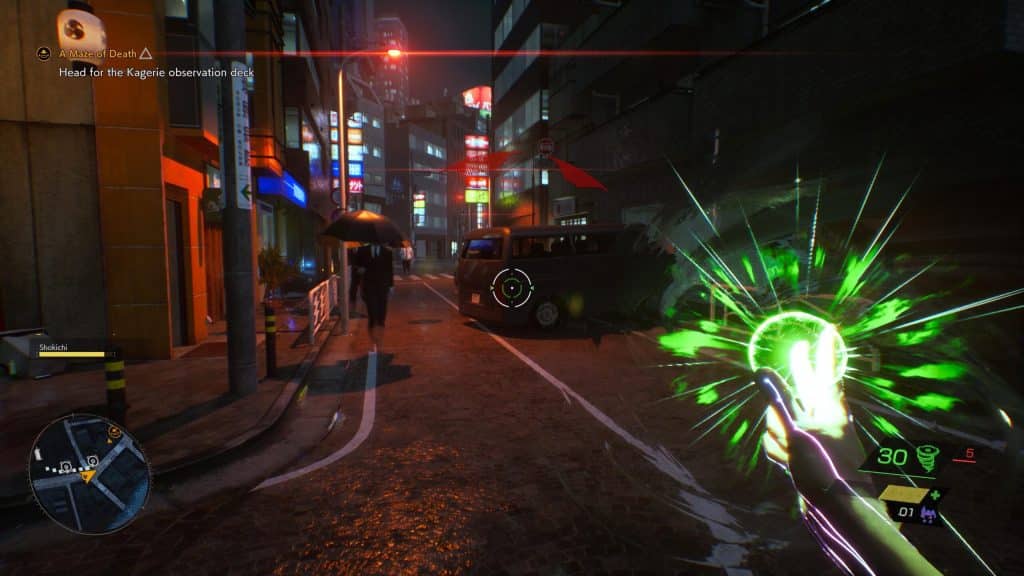
The Final Verdict
Unfortunately, there are some issues with the game. It’s a little stale in terms of playability. Ghostwire: Tokyo, on the other hand, is an audiovisual masterpiece. Akito and Tokyo have a remarkable quantity of hand motions and magic. However, despite my delight in studying Japanese culture, the game’s action quickly grew stale.
Furthermore, the gameplay is what matters most, irrespective of how visually appealing a game maybe. There is a lot to see and do in the game whether you’re interested in Japan or just enjoy going on adventures. However, Ghostwire: Tokyo is a solid game despite a few flaws in its fighting mechanics.
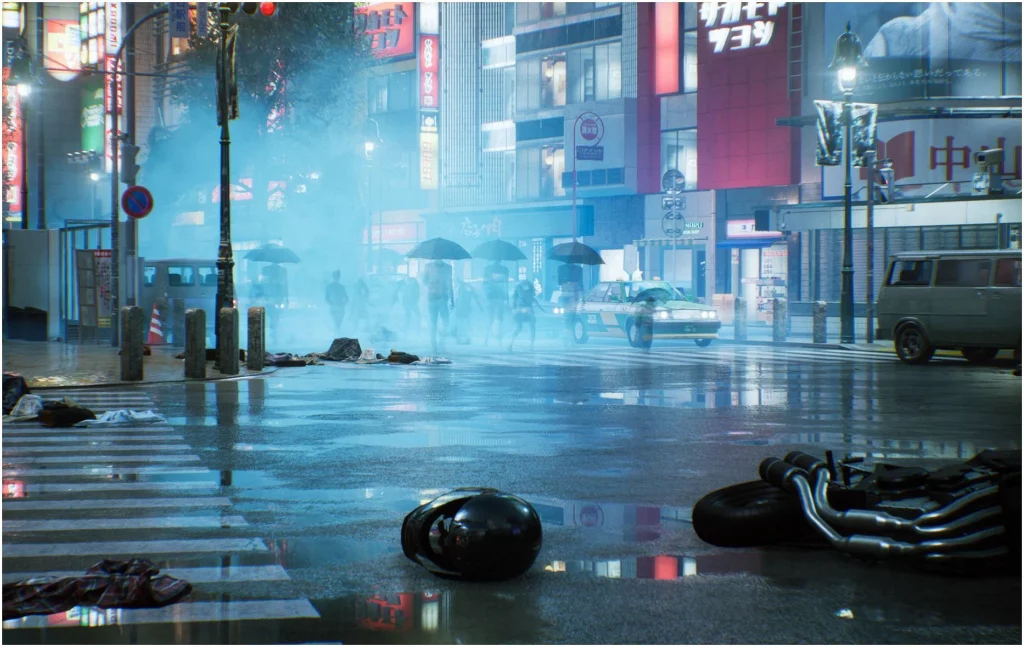
My Rating
After a lot of thinking, we’ve come up with a revised ranking scheme for the titles we revisit: Do we keep awake till 11 PM or 1 AM during a workweek to invest two hours with it, realizing well that we have to get up at 8 AM the following day to get back into the rat race? So on that measure, Ghostwire: Tokyo gets a score of 7.
I played the game for 5 hours straight and then realized I 'have college too!
-
7

